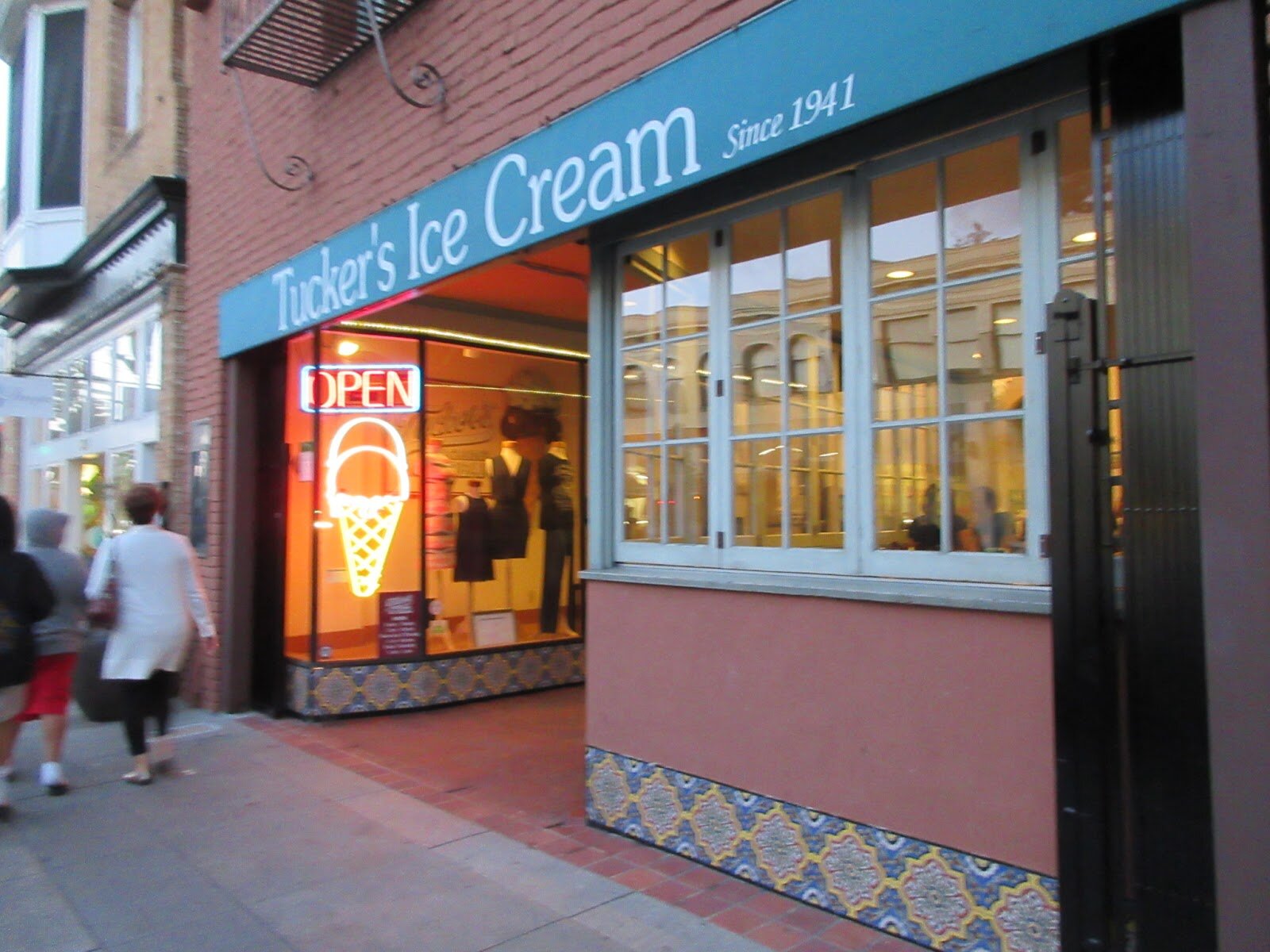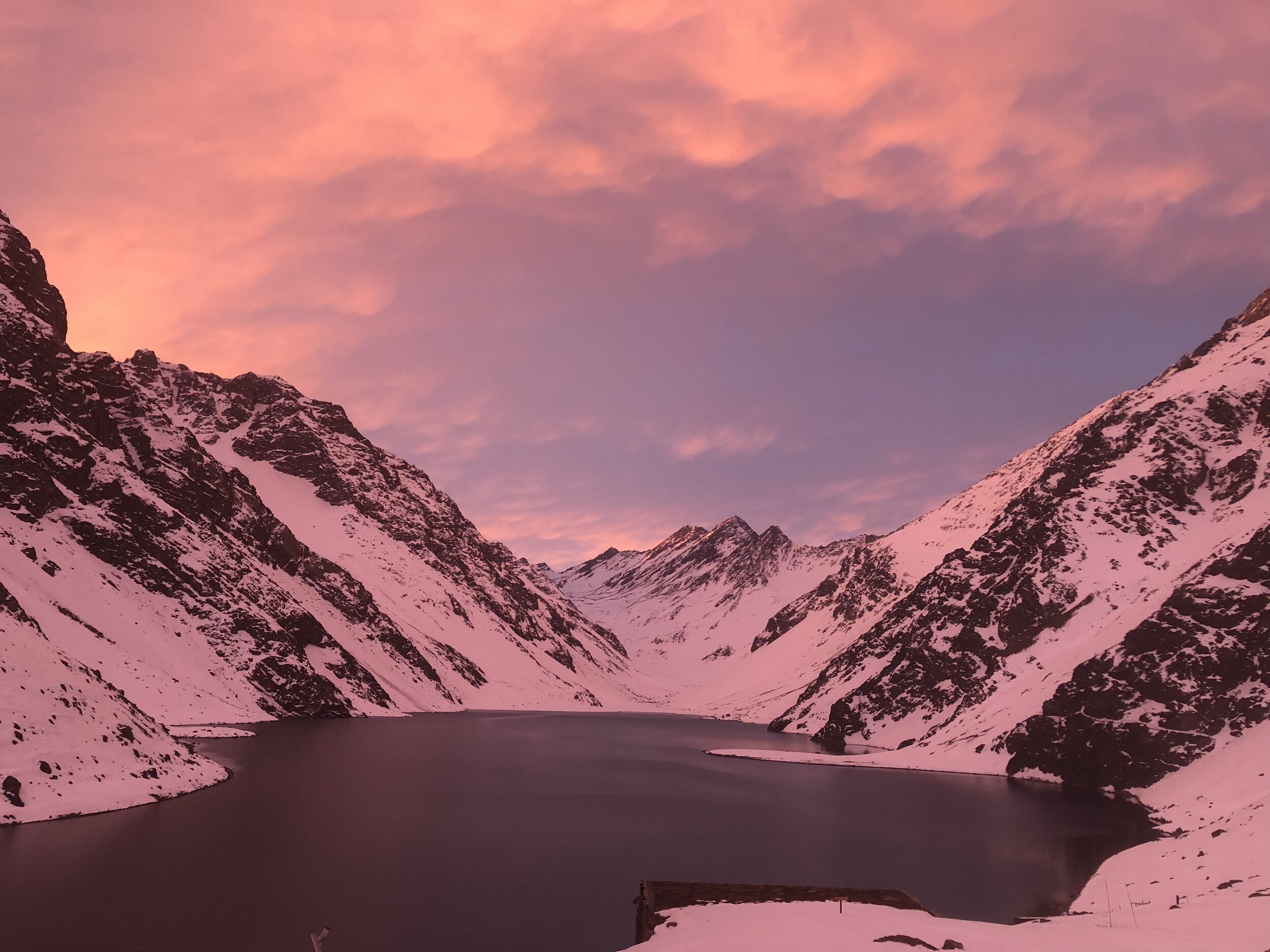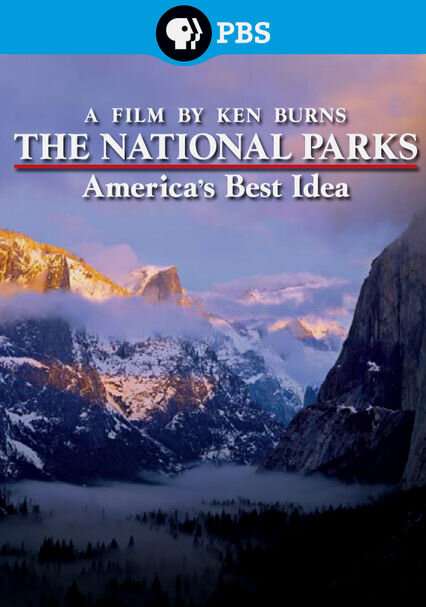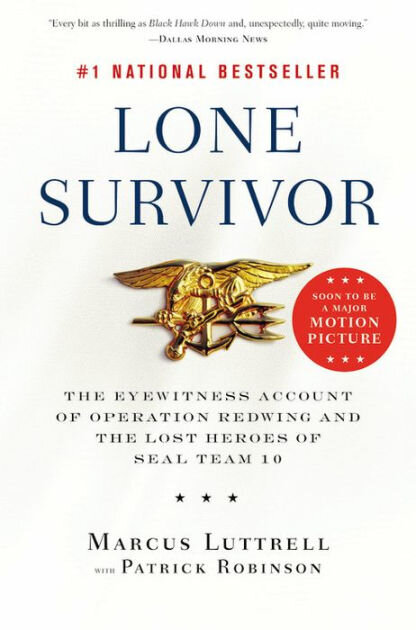Let’s face it, ice cream is the sin of gluttony in the summer. It’s fresh, it’s fast, it costs little and combines the tastes of the sea and holidays. And best of all, it’s tasty! We choose it as a snack, and sometimes as a replacement meal, but almost always we want it as a dessert at the end of the day.
So what is the story of ice cream?
The ancestor of ice cream was born in China around 2000 BC. and it was prepared with overcooked rice, spices, and milk; everything was then introduced into the snow to solidify. Subsequently, desserts made of frozen fruit juices were also born, with or without milk. In the 13th century, various types of these sweets could be bought on the streets of Beijing and sold on carts. In the 1300’s, frozen milk and fruit appeared in Italy, imported by Marco Polo, thus creating Italian ice cream.
Around 1533, when Caterina de' Medici married the future King Henry II of France, she spread across the Alps a semifreddo (semi-cold) dessert made of sweet cream that looked a lot like today’s ice cream. Until then, ice cream was food for the wealthy, due to the difficulty of keeping ice in the summer. But around 1560, a Spanish doctor who lived in Rome, Blasius Villafranca, discovered that, by adding saltpeter to snow and ice, anything could be frozen much faster. The discovery gave a great boost to the production of ice cream.
In the 19th century, ice cream also spread to England and America thanks to the Italian emigrants who sold it on the street. The ice cream vendor was called "hokey-pokey", a transliteration of the Italian “Ecco un poco” (Here's a little).
At MSA, we definitely enjoy this cold treat and have shared the following: our favorite gelato/ice-cream places in the Bay Area.
p.s if you wish to treat your dog with a nice ice cream, Gio Gelati and Little Giant Ice Cream provide dog ice cream 🍦🐶
















































